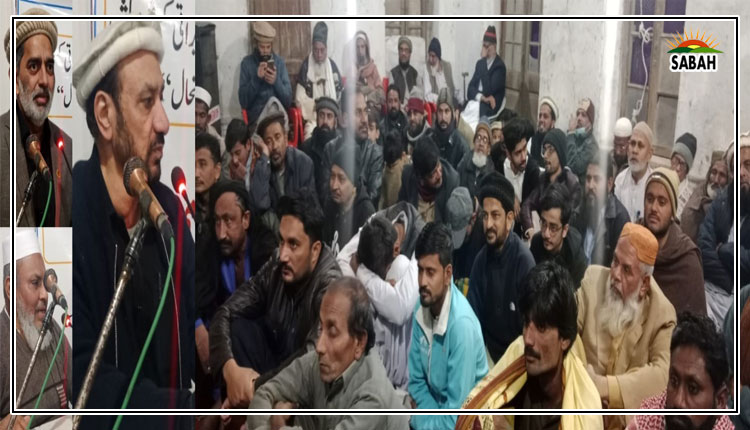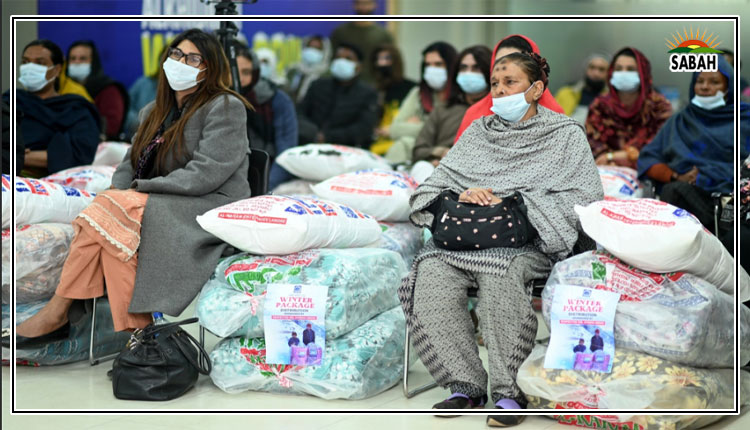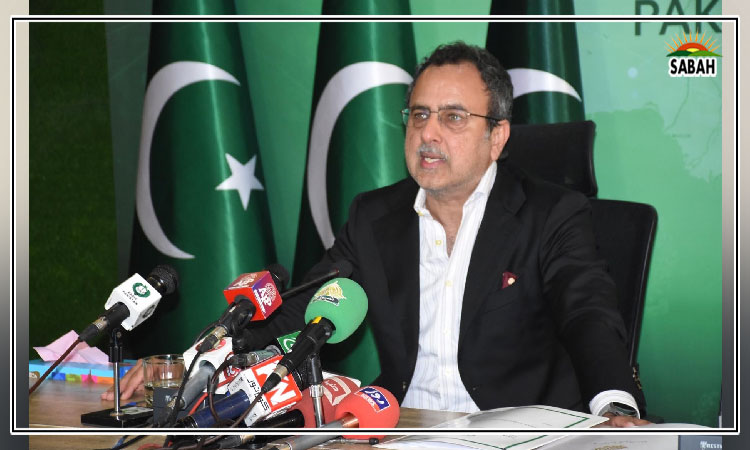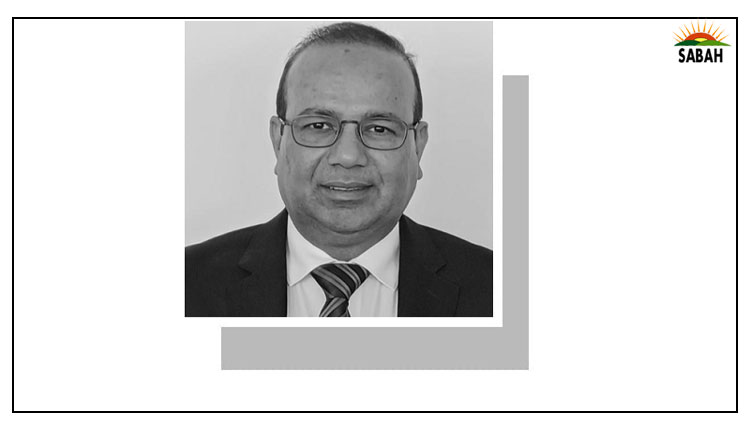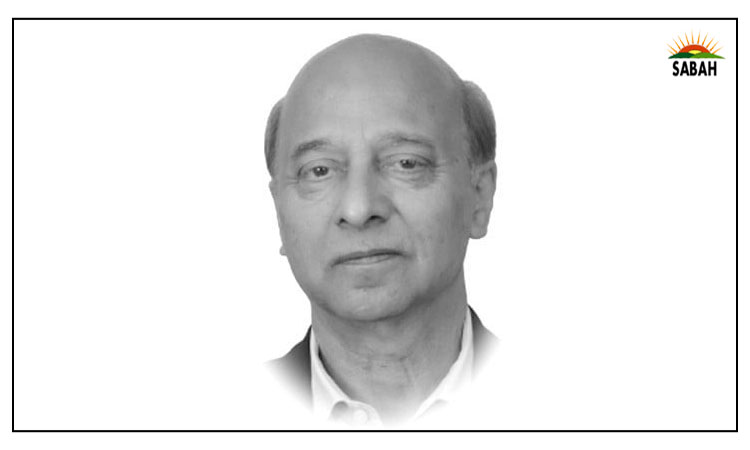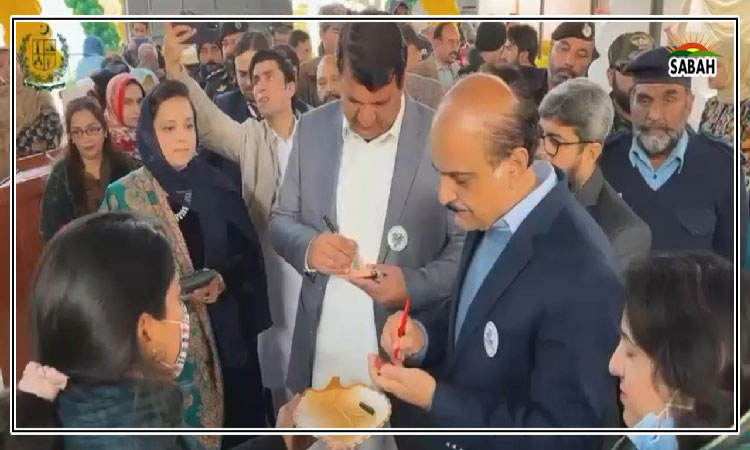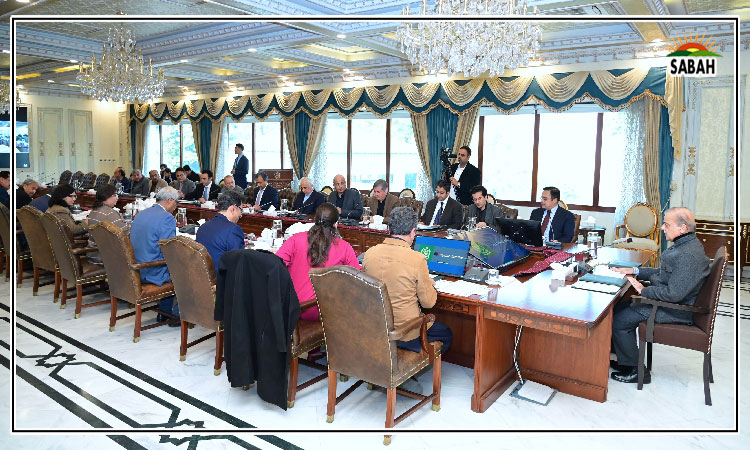The DEPIx report…Asghar Soomro
The Sindh government has, for the first time, voiced serious reservations regarding the Planning Commissions District Education Performance Report Index (DEPIx) 2023, calling it biased. In a jointly held press conference, the Sindh minister for Education and minister for universities and boards accused the report of deliberately downplaying the provinces education performance and damaging its image in public.
Are these grieves grounded in reality or are they a case of shooting the messenger? To get to the bottom of this, we need to step back and take a hard, critical and impartial look at both sides of the argument. The ministers raised mainly four key objections: the report was put together with a desk analysis without accounting for on-the-ground realities in the province; it overlooks the massive impact of the devastating floods which destroyed 50 per cent of school buildings; the report was prepared in isolation without consultation with Sindh; and the province has made tangible strides in reforming its education system most notably with initiatives like the introduction of teaching licences, which have gone unrecognized in the report.
So, what should we make of these complaints? Is it fair for Sindh to feel aggrieved, or is it simply a way to deflect criticism? One of the key accusations regarding the report is that it is nothing more than desk analysis. On this point, the provincial education minister is quite right. On page 28 of the DEPIx, it clearly outlines source data, relying on existing surveys, assessments and various census reports produced by both federal and provincial governments. So, in that sense, the analysis was largely desk-bound, built on available data rather than fresh, field-level research.
But the real question is whether the DEPIx solely relied on federal government data. Here, the evidence contradicts that claim. According to the report, the data was not drawn from a single source, it used a range of provincial data as well. For example, the Sindh Multiple Indicator Cluster Survey (MICS) report prepared in collaboration with UNICEF, Monitoring and Evaluation Reports, the Sindh Annual School Census Report, even notifications from Sindh Services and General Administration Department (SS&GD) were all part of the analysis.
Further weakening Sindhs claim that it was sidelined is the fact that the data review process involved a Technical Advisory Committee (TAC), and the Secretary of Education from Sindh was part of this very committee. Page 72 of the report makes that abundantly clear. So, the idea that this report was crafted in isolation, without consulting the government of Sindh, simply doesnt stand up to scrutiny.
Moreover, the report provides analysis across five key domains: infrastructure and access, learning, inclusion: equity and technology, governance and management, and public financing. While Punjab is indeed ahead of Sindh in three domains (infrastructure & access, inclusion, governance & management), the gap in learning outcomes is negligible Sindh scores 50 while Punjab scores 51. In fact, Sindh performs above the national average in the domain of learning.
If the report was deliberately undermining Sindhs performance, would it still acknowledge the provinces relatively strong learning outcomes? This raises an intriguing question about the missing correlation between Sindhs better-than-expected learning outcomes and its lagging infrastructure and management performance. Why has this trend not been explored further? A deeper analysis could help uncover how these factors are influencing students learning.
The report also highlights some broader trends that call for closer scrutiny. For instance, none of the top ten districts in the national rankings come from major capital cities Karachi, Lahore, Quetta and Peshawar are noticeably absent. One would expect these cities, like the Islamabad Capital Territory (ICT), to rank higher given their status as provincial capitals. Yet, Lahore and Peshawar didnt make it into their respective provincial top five. How do the governments of Punjab and Khyber Pakhtunkhwa led by the PML-N and PTI respectively, explain this? Interestingly, in Sindh, all the top-performing districts are in the capital of Karachi, reflecting a different trend altogether.
If the Sindh government believes the report is designed to undermine its performance, one could argue that the report similarly undermines Pakistans overall performance. Out of 134 districts, the majority fall into medium and low categories, with none qualifying as high performers. How does all this reflect on Pakistans image internationally? What would the international community think of a country that has grappled with basic problems for decades? Sindhs frustration with the report is understandable, especially given the provinces struggles with natural disasters and entrenched governance issues in education. However, discrediting the DEPIx on the grounds of bias might not be the strongest argument when its methodology and inclusivity of data sources tell a different story.
While much of the criticism around Sindhs education system focuses on its shortcomings, its important to acknowledge that not all is bleak. There are significant efforts underway to improve school infrastructure, which often go unnoticed amid the louder critiques. With the support of international partners like USAID and JICA, around 140 state-of-the-art school buildings have already been constructed across the province, and the work doesnt stop there. Currently, construction of 1,000 additional schools is underway in flood-affected areas and 10 other districts.
In a promising shift in school management, many of these newly built schools funded by USAID have been handed over to private entities known as Education Management Organisations (EMOs) through a competitive process. This model aims to ensure better management, accountability and overall school performance something the traditional public management system has long struggled with.
If the quality of work and pace of construction continue uninterrupted, Sindh could see a significant improvement in its school infrastructure in the coming years. These developments offer a glimmer of hope in a province that has, for too long, been plagued by deteriorating school buildings and lackluster educational facilities.
Despite the reservations voiced by the Sindh government, the report offers a nuanced understanding of both the strengths and weaknesses of Pakistans education system. It is not just a critique but a mirror reflecting areas that require attention. As Sindhs education minister himself remarked, Criticism is the best form of relationship, as it pushes you to improve rather than drift apart.
In that spirit, one hopes that the Sindh government will use this report as a tool for introspection, taking the necessary steps to bridge the gaps identified. The challenges are undeniable, but with a clear strategy, they can be addressed. Criticism, after all, is most valuable when it leads to progress, not defensiveness.
Courtesy The News


